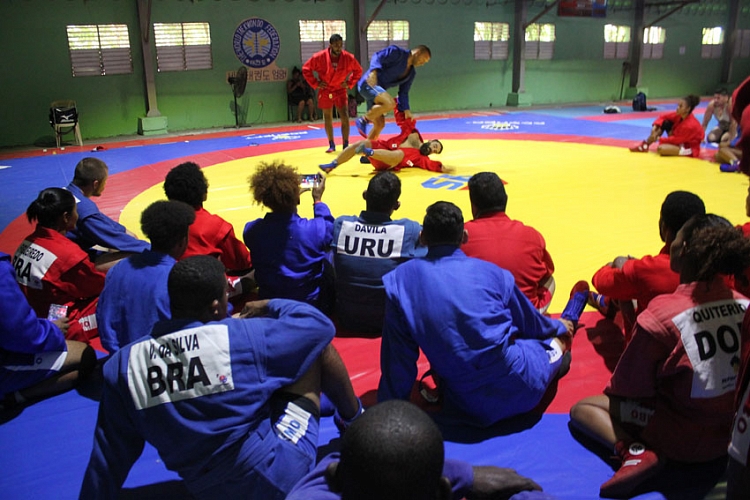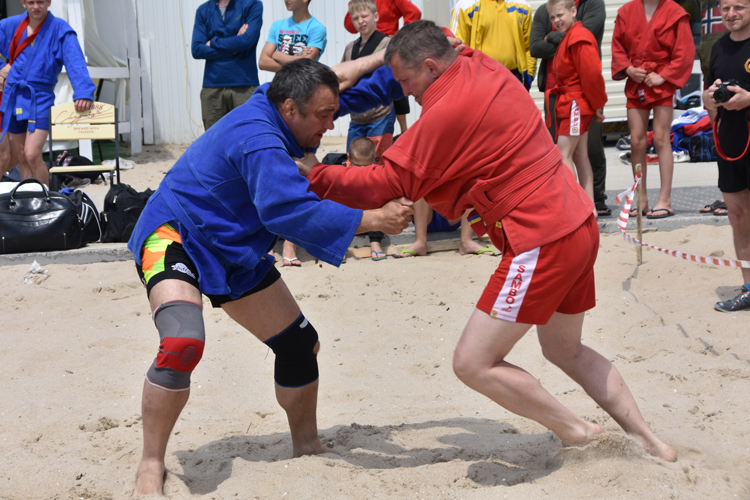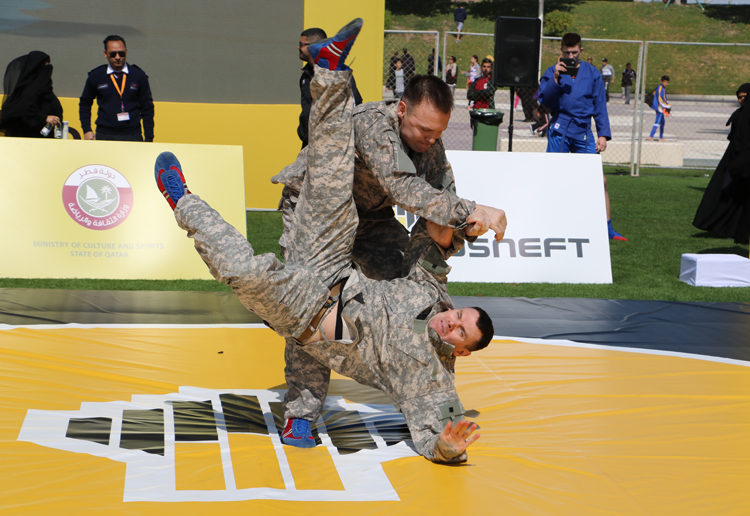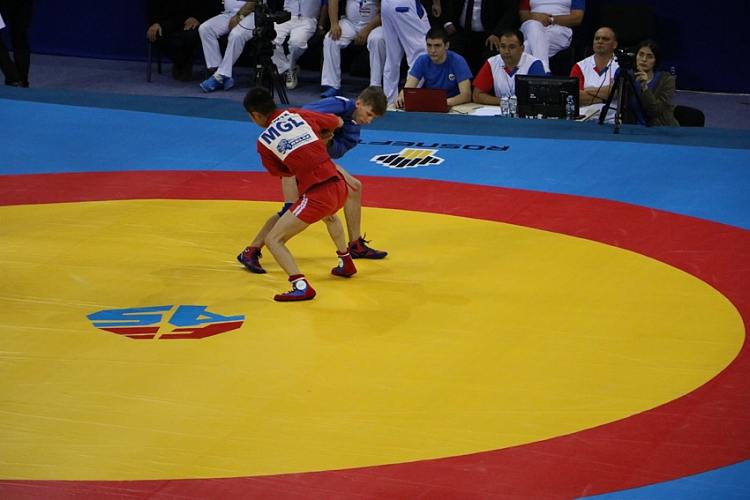Today, on November 16, the world of Sambo celebrates its 81st birthday!
The martial art originated in the Soviet Union. The word “SAMBO” is a portmanteau for samozashchita bez oruzhiya, which literally translates as “self-defense without weapons”.

Sambo’s early development stemmed from the independent efforts of Vasili Oshchepkov and Viktor Spiridonov, to integrate the techniques of Catch wrestling, Judo, Jujutsu, and other foreign martial arts into native Turkic wrestling styles. Oschepkov taught judo to elite Red Army forces at the Central Red Army House. Vasili Oschepkov was one of the first foreigners to learn Judo in Japan and had earned his nidan (second-degree black belt, out of then five) from judo’s founder, Kano Jigoro. Spiridonov’s background involved indigenous martial arts from various Soviet regions as well as an interest in Japanese jujutsu (though he never formally trained it). His reliance on movement over strength was in part because during World War I he received a bayonet wound that left his left arm lame. Both Oschepkov and Spiridonov independently hoped that Soviet military hand-to-hand combat techniques could be improved with an infusion of the techniques distilled from other foreign martial arts. Contrary to common lore, Oschepkov and Spiridonov did not cooperate on the development of their hand-to-hand systems. Rather, their independent notions of hand-to-hand combat merged through cross-training between students and formulating efforts by their students and military staff. While Oschepkov and Spiridonov did have occasion to collaborate, their efforts were not completely united.

Each technique was carefully dissected and considered for its merits, and if found acceptable in unarmed combat, refined to reach sambo’s ultimate goal: to stop an armed or unarmed adversary in the least time possible. Thus, many techniques from jujutsu, judo, and other martial systems joined with the indigenous fighting styles to form the sambo repertoire. When the techniques were perfected, they were woven into sambo applications for personal self-defense, police, crowd control, border guards, secret police, dignitary protection, psychiatric hospital staff, military, and commandos.
Combat Sambo (Russian: Боевое Самбо, Boyevoye Sambo). Utilized and developed for the military, combat sambo resembles modern mixed martial arts, including extensive forms of striking and grappling. Combat sambo allows punches, kicks, elbows, knees, headbutts and groin strikes.[8] Competitors wear jackets as in sport sambo, but also hand protection and sometimes shin and head protection. The first FIAS World Combat Sambo Championships were held in 2001. The World Combat Sambo Federation, based in Russia, also sanctions international combat sambo events.

The past year has become truly historic for SAMBO, as FIAS received provisional recognition of the International Olympic Committee on November 30, and today it’s a celebration of the first birthday of SAMBO in the status of a federation that has become part of the global Olympic family!



